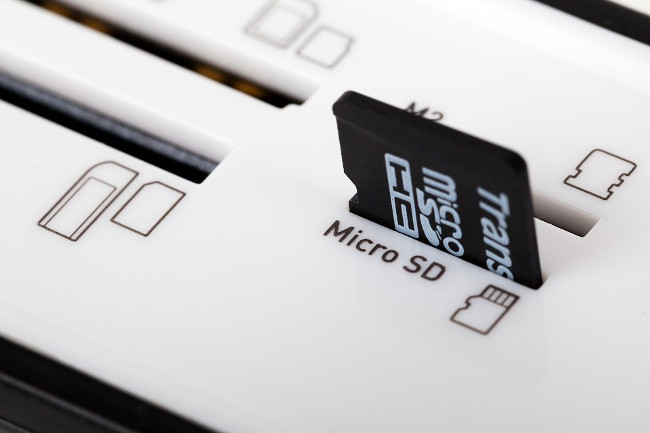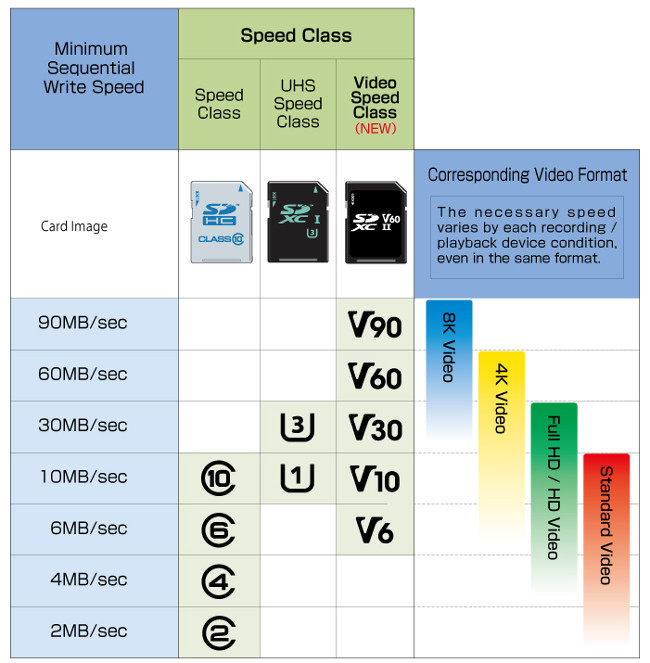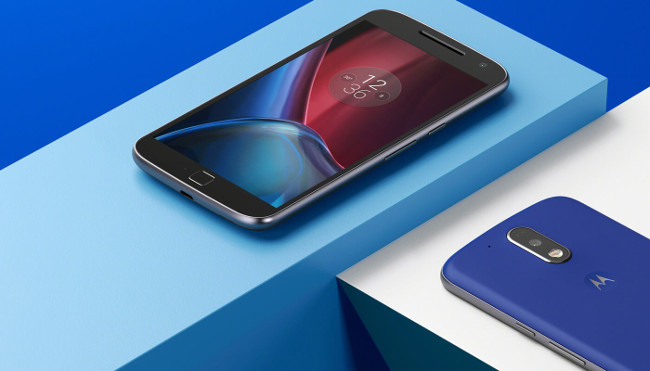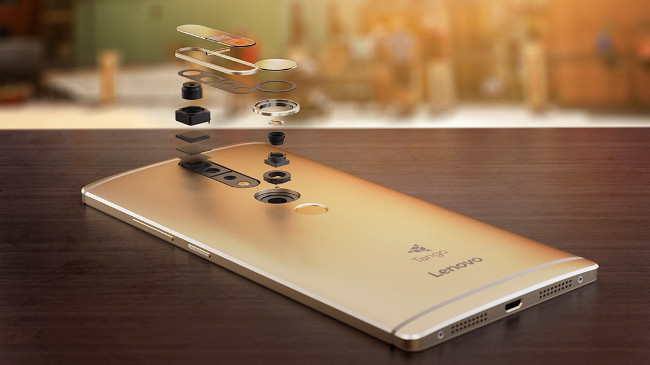
Storage space is never enough. It is a lesson that we have learned on desktops and laptops, which has later moved on to smartphones and tablets. The truth is that the capacity of the phones is limited, but many models have the possibility of increasing it considerably using microSD cards, in some cases up to 128 GB. But not all storage devices are the same, so we are going to see how to choose the best microSD for your mobile ..
The first thing we have to know is that SD cards are classified according to their speed in different classes. Depending on which one of them it is framed, it guarantees us some minimum values of writing speed continuously. As we will see later, this will be essential in the case of recording video or taking pictures with our smartphone.
Types of microSD cards

- SD cards can be class 2, 4, 6, or 10, which will have a minimum continuous write speed of 2, 4, 6, or 10 MBps respectively. These categories are those adopted by the older cards.
- The UHS Speed card standard, designed for video recording, consists of two categories, UHS 1 and UHS 3, which guarantee continuous write speeds of 10 MBps and 30MBps
- Finally, the most recent standard is the Video Speed Class, which is recognized by its V6, V10, V30, V60, and V90 nomenclature, with continuous write speeds of 6, 10, 30, 60, and 90 MBps respectively.

In addition to the classification of the card, we have to consider:
- Storage capacity , the space available for storing files.
- Reading speed , which determines how quickly we can transfer the files from our card to a computer, for example.
- Resistance, since although phones are usually protected with covers, if we are going to use it in extreme conditions, it is worth taking it into account.
- Whether or not you have an adapter, something basic to then be able to remove it and transfer the data to a laptop or desktop computer.
What are we going to use our microSD card for?
The fundamental thing to keep in mind is what we are going to use this extra storage space for. If what we want is to store music, movies, series, etc. The card does not need to be of a high class. The higher the speed in the continuous write values, the higher the price, so a compromise between capacity and speed can be reached. Higher class cards are more expensive, so for the same budget we can purchase a card with less capacity.

If what we want is to record videos at the highest quality or take pictures with continuous shooting , here we will need to be very attentive to the category of the chosen card. It is the continuous write settings that determine whether the video will record well or not. It will depend a lot on the quality of the camera that our smartphone mounts. If it allows us to record video in high definition with about 30 fps we have to choose a card of category 6 or higher..
Ultimately, what determines the purchase decision is whether data is captured regularly with the camera or not. And also the quality to which we do it. For a video that will be sent by WhatsApp, it will not be necessary to record at the highest quality, so having a card with a higher category would not be necessary either. For the reproduction there are usually no problems, since in general, the read values are always higher than the write values, and well above the continuous write values.
In this way, if we want to make the most of the phone screen to save series or movies on our microSD card to watch them at any time, the category of the microSD card will not be so important, since what the smartphone does is read the data to reproduce them..
In Lenovo Blog | How to transfer your files from your smartphone and tablet to your computer without losing anything on the way
Image | PublicDomainPictures